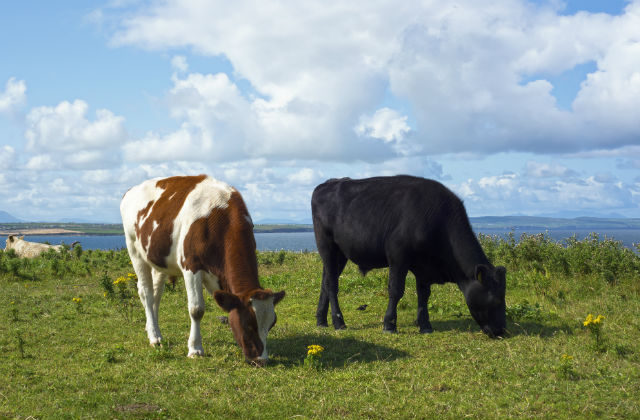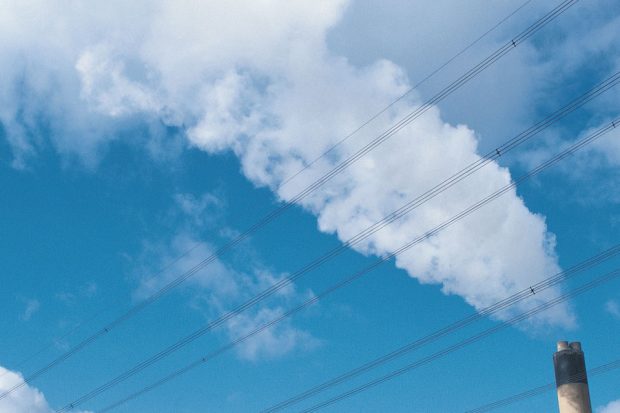
There was media coverage today of badger culling in national media titles, including the BBC, The Daily Mirror and The Daily Mail. These outlets reported that Professor Ranald Munro has written to Natural England stating that the badger cull has had no effect on Bovine TB in cattle and is not being properly supervised by Natural England. Professor Munro argues that some animals are likely to have suffered immense pain as a result of this control measure.
Bovine TB costs taxpayers over £100 million every year and England has the highest incidence rate of the disease in Europe. Evidence shows that badgers do transmit bovine TB to cattle and contribute to the persistence of the disease. There is no single measure that will provide an easy answer to beating the disease which is why we are pursuing a range of interventions to eradicate it, including tighter cattle movement controls, regular testing and vaccinations.
There are numerous reports on this issue, which is why we commissioned one thorough and independent review conducted by Professor Sir Charles Godfray to assess the government’s goal of eradicating the disease by 2038. The reviewers concluded that the evidence from the current badger cull shows a positive effect on cattle TB incidence, “consistent” with that seen in previous scientific studies in the UK and RoI. Data published in 2018 also shows a 58% reduction in the disease in Gloucestershire and 21% in Somerset after two years of culling, compared to un-culled areas.
The government recognises that it is essential that culling is humane. Licensing is not done lightly and farmers, contractors and Natural England themselves take the welfare of badgers very seriously.
Badger control operations are monitored to check their humaneness, safety and effectiveness, and a summary of findings is published annually on gov.uk. To date, operations have been assessed by Natural England’s Chief Scientist and the UK Chief Vet as being safe, effective and humane.
A Defra spokesperson said:
Bovine TB remains one of the greatest animal health threats to the UK, causing devastation for hard-working farmers and rural communities.
There is no single measure that will provide an easy answer to beating the disease. That is why we are pursuing a range of interventions to eradicate the disease by 2038, including tighter cattle movement controls, regular testing and vaccinations.
A Natural England spokesperson said:
We help to implement the badger culling policy under the direction of Defra and in line with decisions taken by ministers. We are in the process of reviewing the badger cull applications for 2019 made under that policy and will communicate decisions in due course.
One of our roles is to independently consider licence applications to cull or vaccinate badgers, and we take policy advice from Defra when deciding if the activity will deliver effective disease control. Licensing is not done lightly and those involved in the cull - farmers, contractors and Natural England staff - take the welfare of badgers very seriously.
The Times on air quality

The Times today covers calls from the Environment Defence Fund Europe for an Air Pollution (Monitoring and Control) Bill, which would require the government to improve air quality through the setting of targets and the establishment of a high resolution network of air pollution monitors amongst other measures.
The Government has already said that we will put our commitment to improving the environment– including tackling poor air quality – on a legal footing through the Environment Bill.
We have also set out our ambition to tackle air quality as outlined in our world-leading Clean Air Strategy - the most ambitious air quality strategy in a generation which has been praised by the World Health Organization as 'an example for the rest of the world to follow'.
As part of this we committed to setting a long-term air quality target, which is why we have recently published a report assessing progress the UK will make towards achieving the World Health Organisation PM2.5 target of 10mg/m3 through measures set out in the Clean Air Strategy.
On the basis of this modelling, which has not considered economic viability and practical deliverability, we believe that, whilst challenging, it would be technically feasible to meet the World Health Organization guideline level for PM2.5 – the most damaging air pollutant – across the UK. The government will continue to work with experts on further analysis to understand potential timescales for achieving this level.
Furthermore, key measures in the Clean Air Strategy will be given legal force through the Environment Bill. We will enable greater local action on air pollution by, for example, ensuring responsibility for tackling air pollution is shared (across local government structures and with relevant public bodies) and by better enabling local government to tackle emissions from domestic burning. We will also bring forward powers for government to mandate recalls of vehicles and machinery, when they do not meet relevant legal emission standards.
These key changes will enable us to take the bold action we need to protect our health, and that of our future generations.
A Defra spokesperson said:
We know the impact air pollution has on communities around the UK, which is why we are stepping up the pace and taking urgent action to improve air quality.
In the Clean Air Strategy we committed to setting an ambitious long-term air quality target and we are examining action needed to significantly reduce PM2.5 levels to meet the WHO 10mg/m3 target. Our Environment Bill will give legal force to that strategy and put environmental accountability at the heart of government.
4 comments
Comment by Ros Brodie posted on
Please will you stop labelling our Wildlife Vermin and exterminating them. Now that it has been established that Badgers are not responsible for Bovine TB why are you extending the cull?? and inflicting endless suffering.also that which is caused by the break up of family units.
You may think its enormous fun but I can assure you the rest of us 90%believe you are despicable and cruel. SO PLEASE STOP IT NOW.
Comment by sara starkey posted on
We have 1.8 million cows used as milk machines in this country. They have been so selectively bred that they are that their physiological limit. Suffering from scours, laminitis and mastitis is rife in the dairy herd. Most are 'spent' by five years old - in other words sent to slaughter, 25% while in calf. Some literally giving birth while being slaughtered!
Most cows are producing four times the amount of milk that would be normal in nature after calving. The calf is usually taken off the mother immediately so the milk goes to humans. The cow - believe it or not - grieves the loss of her calf.
The cow will be milked two to three times a day because of her huge and painful udders. She will spend seven or so months in sheds often deep in shit with many other cows on hard concrete and too little straw.
More and more cows - like 90% in the USA - will NEVER see a field. These cows are fed concentrates along with grass in summer and silage in winter (remember BSE?). The only way a cow can produce such ludicrous amounts of milk is by this diet. These places are perfect for TB to flourish. But let's not blame the farming industry’s horrendous husbandry but badgers.
*While laminitis is associated with high-concentrate feeding, both laminitis and sole ulcers can be linked directly to the advent of slats and cubicle housing. The risk increases when cattle stand with their hind legs in a passageway, or stand for long times on wet or pitted concrete. Calved heifers, in particular, are at risk and typically the outer claw of the hind leg is affected.
*Diarrhoea in livestock, especially cattle and pigs.
Comment by Vanessa Backus posted on
Link to the actual review summary and conclusions and an excerpt from it.
https://www.gov.uk/government/publications/a-strategy-for-achieving-bovine-tuberculosis-free-status-for-england-2018-review/bovine-tb-strategy-review-summary-and-conclusions
"A very unfortunate consequence of the controversy around badger culling and the politicisation of the debate has been a deflection of focus from what can be done by the individual farmer and by the livestock industry to help control the disease. In particular, the poor take up of on-farm biosecurity measures and the extent of trading in often high-risk cattle is, we believe, severely hampering disease control measures. All the industry bodies we spoke to recognised this as an issue and saw the need for industry to take more ownership of the problem. Implementing better control measures on the livestock side will mean short- to medium-term costs to the industry to achieve the greater goal of bovine TB elimination. The degree to which the industry as opposed to the state or the consumer bears these costs is a decision for ministers but it is wrong, we believe, to over-emphasise the role of wildlife and so avoid the need for the industry to take measures that have in the short-term negative financial consequences."
Comment by David Ruddock posted on
Have I mis-understood, or is this release contradictory, on one hand stating that ‘the badger cull has had no effect on Bovine TB in cattle’ whilst on the other that ‘The report found that the badger cull has a “modest” but significant impact on managing bovine TB.’Which is it ?